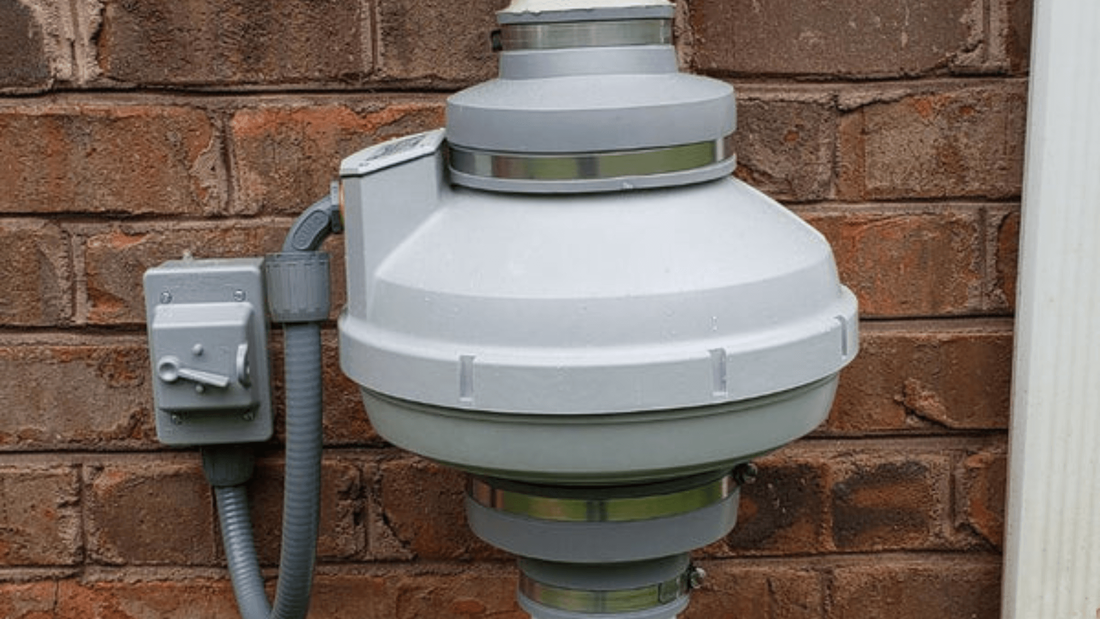|
Radon gas is a severe health risk that may be found in houses across the country. Addressing radon levels in your home is essential to protect yourself and your family from this silent threat. One effective method of mitigating radon is using a radon fan. But can I replace a radon fan myself? This guide will explore the DIY radon fan replacement process, providing the necessary steps and precautions to ensure your safety. Understanding Radon FanBefore we dive into the radon mitigation fan replacement process, let's take a moment to understand what a radon fan is and how it works. A radon fan is a crucial component of a radon mitigation system. It helps draw radon gas from below your home and safely vent it outside, reducing indoor radon concentration. Radon fans come in different types and sizes, including exterior-mounted fans and inline fans installed in the attic or crawlspace. Some fans operate continuously, while pressure sensors activate others. Understanding the type of fan you have will be important for replacement. Signs that Your Radon Fan Needs ReplacementOver time, radon fans can experience wear and tear, reducing their efficiency. Here are some signs that indicate it may be time to replace your radon fan:
Preparations for Fan ReplacementBefore starting the replacement process, making the necessary preparations is important. Here are the steps you should follow:
Step-by-Step Radon Fan Replacement ProcessRemoving the Old Fan
Installing the New Fan
Tips for SafetyWhile changing a radon fan might be a do-it-yourself effort, safety should always come first. Observe the following advice:
Common Mistakes to AvoidEven if replacing radon fans on your own might save money, there are certain pitfalls to watch out for:
ConclusionWhile replacing a radon fan yourself might save money and be enjoyable, it's important to emphasize safety and adhere to the given guidelines. Your radon mitigation system will continue to work effectively with routine maintenance and replacement of your radon fan, keeping you and your loved ones safe from the hazards of radon gas. FAQsCan I install a radon fan myself?Professionals typically install a radon mitigation system for approximately $1,500, but you can do it yourself for only about $500 in supplies. Therefore, you can install your system in a weekend and save yourself $1,000 if you're reasonably handy and have some knowledge of carpentry, plumbing, and electrical systems. How long does it take to install a radon fan?Radon removal can be finished in a single day. An installation of a mitigation system typically takes three to five hours. How effective are radon fans?Systems to reduce radon are effective. Using radon-reducing features will often keep radon levels in dwellings below two pCi/l. A good radon mitigation system can reduce the amount of radon in your house by up to 99 percent. Is a radon fan loud?Every radon fan has a working motor and makes only a little noise. Replace your radon fan if the noise has gotten louder or started to sound crunching. Can a fan help reduce radon?In some circumstances, crawlspaces can be passively or actively ventilated using a fan to reduce radon levels. By lessening the home's suction on the ground and reducing the radon concentration underground, crawl space ventilation can lower indoor radon levels. What is the best location for a radon fan?The only locations suitable for fan placement are garages, attics, and the home's exterior. Crawl areas and basements are prohibited since they are part of the home's conditioned air space.
|
AuthorRadon Testing & Mitigation PNW is a radon expert. Giving information about radon and safety installation. ArchivesCategories |
SERVING ALL OF PORTLAND METRO & SURROUNDING AREAS |
|




